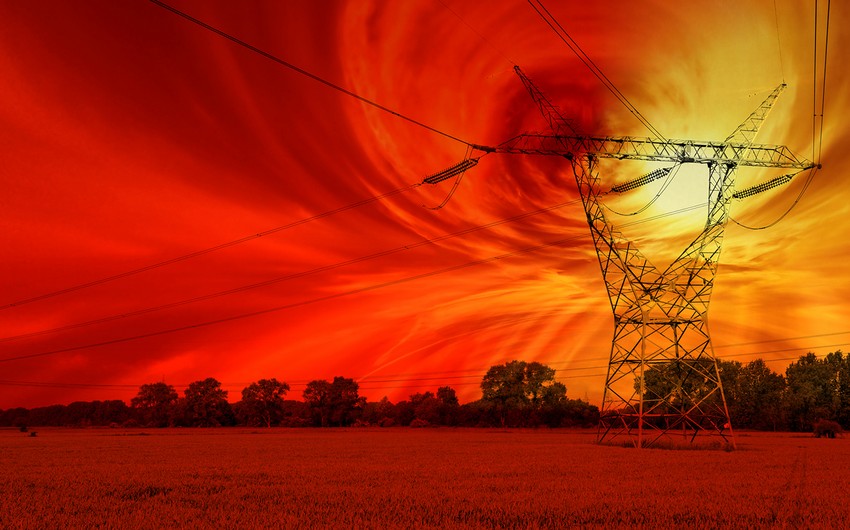The powerful solar storm driving the aurora borealis over global skies last weekend was also triggering the movement of compasses deep in the ocean, as revealed in new scientific findings shared today by Ocean Networks Canada (ONC), a University of Victoria initiative, Ednews informs referring to Phys.org.
ONC's subsea observatories on the west and east coasts of Canada recorded the temporary distortion of the Earth's magnetic field on instrument platforms deployed as deep as 2.7 kilometers under the ocean surface, potentially some of the most remote recordings ever captured.
The most significant magnetic shift moved the direction of the compass within a range of +30 to -30 degrees and was recorded at a depth of 25 meters at the Folger Passage subsea site, which is part of the ONC NEPTUNE cabled observatory off the coast of Vancouver Island.
Geomagnetic disturbances can pose risks to power grids, satellite networks, and navigation systems as well as impact animals' own navigational abilities.
"The reach of these data recordings kilometers under the ocean surface highlight the magnitude of the solar flare over the past weekend and suggest that the data may be useful for better understanding the geographic extent and intensity of these storms," says Kate Moran, ONC president and CEO.
The discovery of these solar storm magnetic disturbances happened during data quality control checks. ONC primarily uses compasses to orient its Acoustic Doppler Current Profilers (ADCP) instruments which measure ocean currents.










